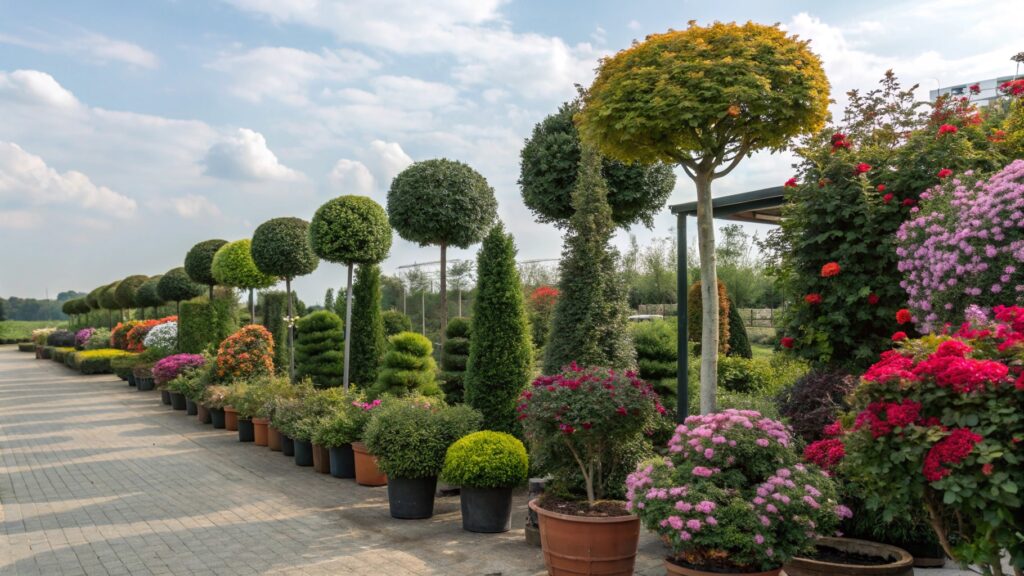Outdoor artificial plants are the perfect solution for people who want a pretty, vibrant garden without the ongoing maintenance that live plants require. However, one big problem that many people have with outdoor artificial plants is fading from the sun and weather. We hear all the time about how durable artificial plants are, but nobody talks about how to keep them from fading and keep them looking good.
That’s what I’m going to talk about in this article. Whether you’re a homeowner who wants to make your outdoor space look great, or you’re a business owner who wants to invest in some commercial artificial plants, these tips will help you protect your investment and keep your outdoor artificial plants looking great.
Last Updated: June 2025 | Estimated Reading Time: 7 Minutes
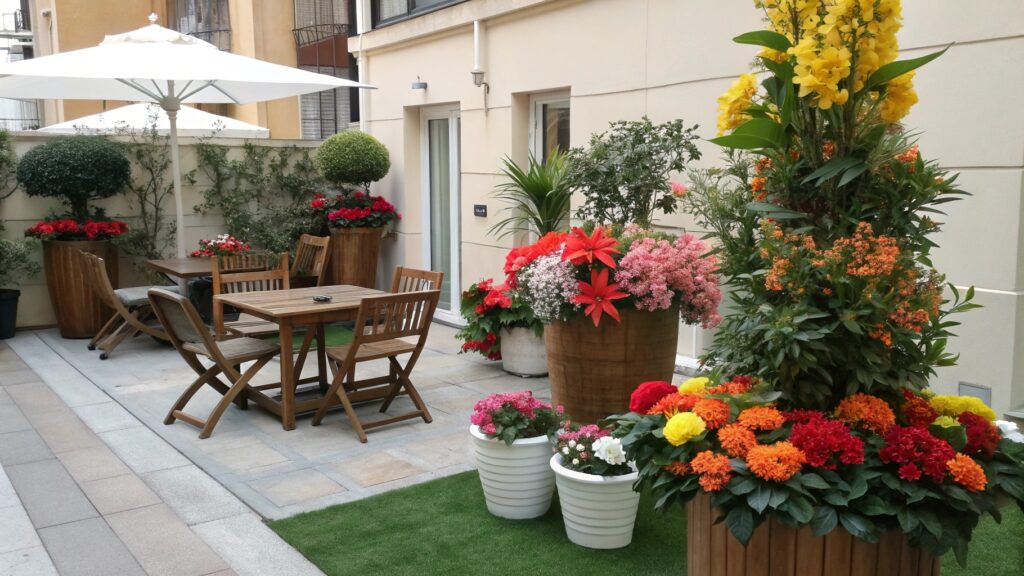
1. Selecting Materials That Resist Outdoor Fading
The secret to long-lasting outdoor artificial plants lies in UV-resistant materials. These materials can withstand direct sunlight longer than untreated alternatives. UV-treated artificial plants contain special additives that block ultraviolet rays from breaking down the color pigments.
You can select plants made with polyethylene (PE) or high-grade silk materials treated with UV inhibitors. Materials like PE are designed for long-term sun exposure and resist discoloration better than cheaper PVC options. UV inhibitors are often blended into the plastic itself, providing internal protection rather than just a surface coating.
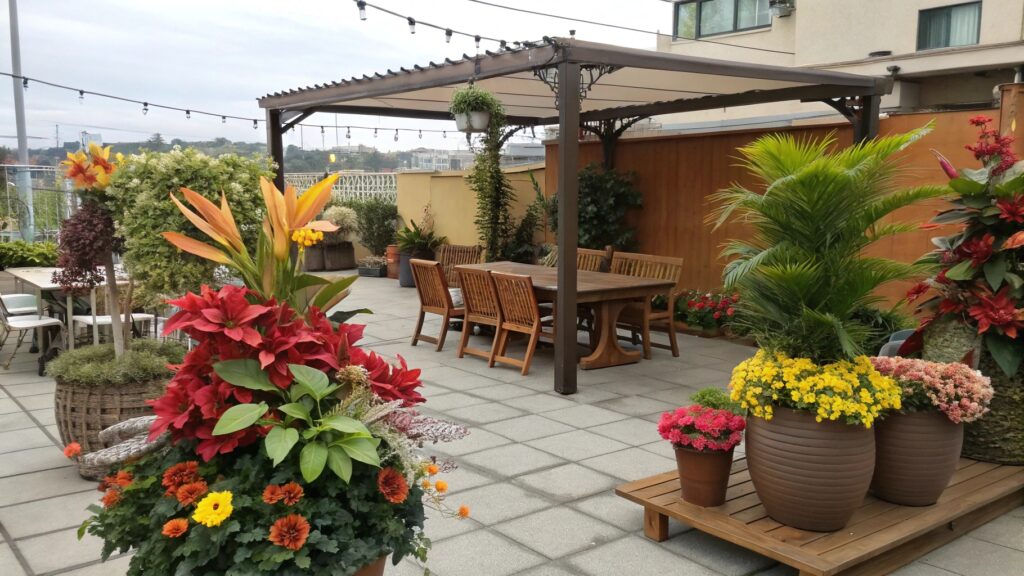
2. Choosing the Right Outdoor Location for Artificial Plants
Where you place your plants has a big impact on their lifespan. If possible, position them where they are naturally shielded from the most intense sun, especially during the peak hours. You can place them in partially shaded spots, away from direct afternoon sunlight.
Shaded patios, covered balconies, and areas under pergolas are ideal. These not only minimize UV exposure but also protect against rain and debris buildup.
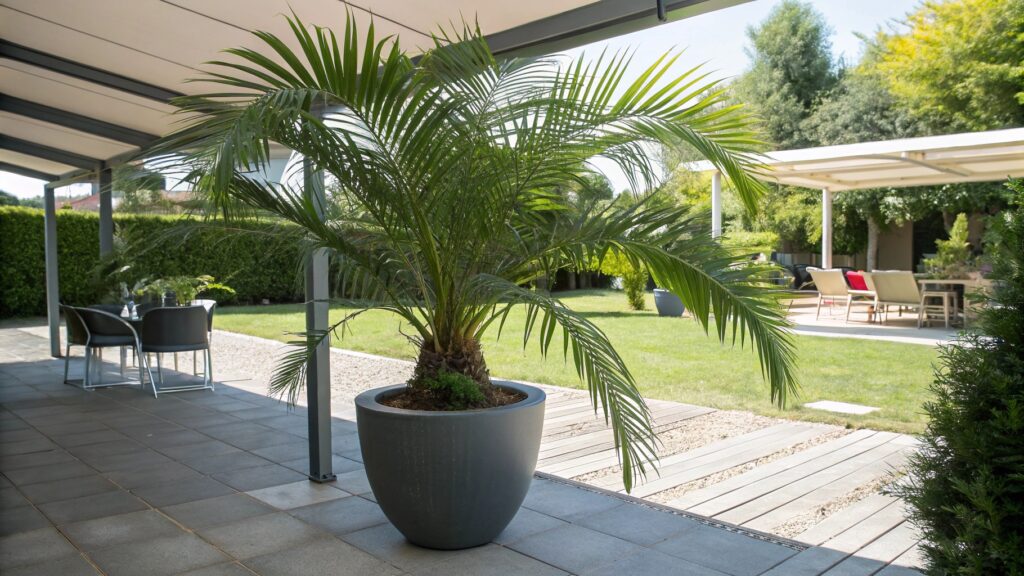
3. Rotating Outdoor Artificial Plants for Even Exposure
Sunlight doesn’t always hit your plants evenly—rotating them regularly ensures all sides age at the same pace. This prevents half-faded leaves and uneven discoloration.
Strategic rotation every 3-4 weeks prevents one-sided fading. Plants facing south or west receive more UV exposure than other sides, creating noticeable color differences over time. Regular rotation maintains consistent appearance.
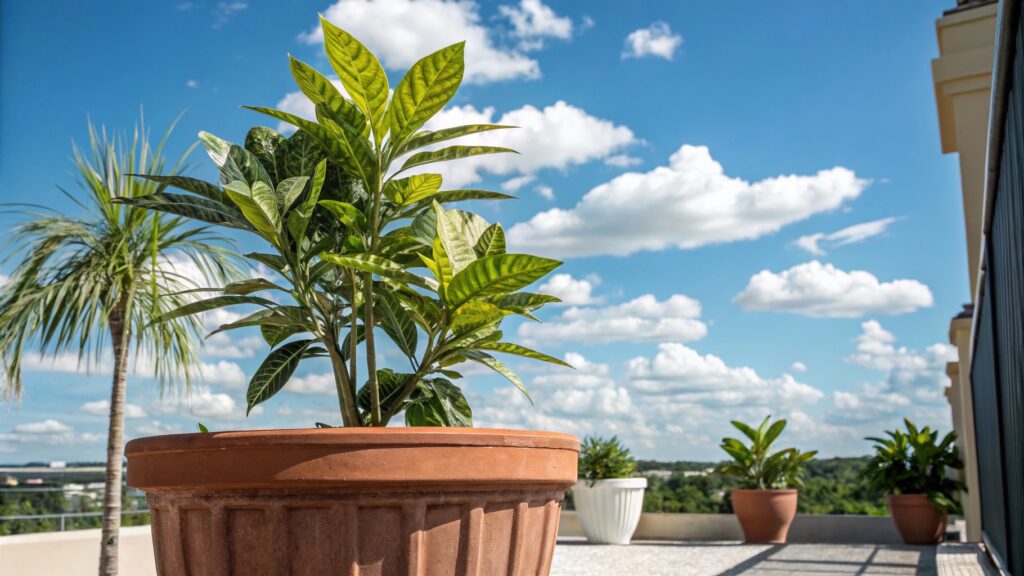
4. Spray the Plants With UV-Protecting Spray
Using a UV-protecting spray is one of the simplest and most effective ways to prevent artificial plants from fading outdoors. These sprays create an invisible barrier that shields plastic and fabric leaves from the sun’s harsh rays.
You can apply the spray every 3 to 6 months, depending on the climate. Choose a product labeled “UV resistant” or “for outdoor artificial plants.” Make sure the surface is clean and dry before spraying for best results.

5. Cleaning Outdoor Artificial Plants Regularly
Regular cleaning helps preserve the color and realistic look of artificial plants. Without this step, dirt builds up and causes fading much faster than expected.
You can clean your artificial plants every month, and increase the frequency during summer when dust and UV exposure are more intense. If the plants have been through harsh weather, handle them gently—they may be slightly more fragile.
Start with a feather duster for light debris. If that’s not enough, wipe down the leaves with a damp cloth and a drop of mild dish soap. Rinse with clean water and let them air dry completely.
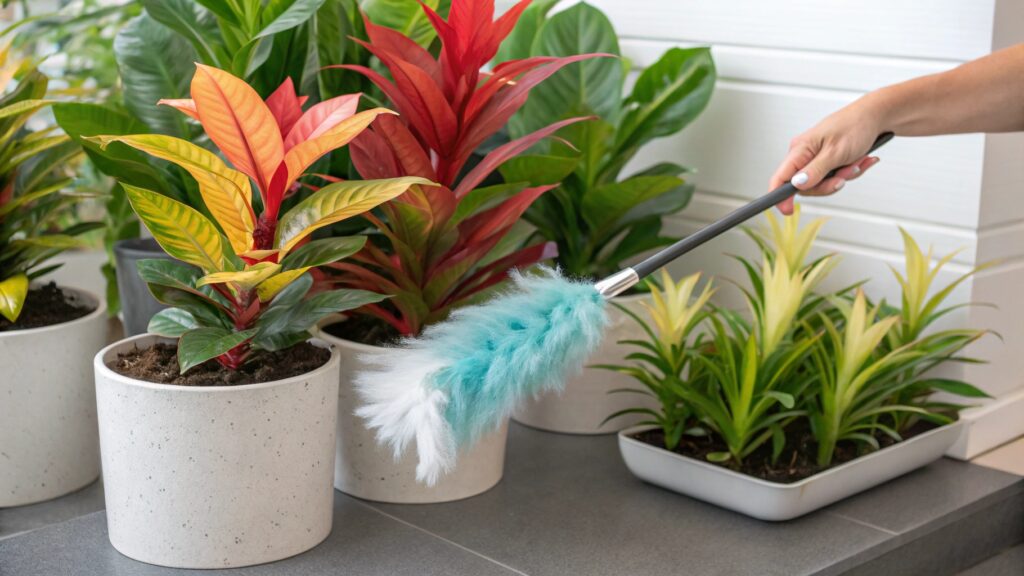
6. Storing Artificial Plants During Harsh Weather Conditions
Extreme heat, rain, or snow can damage artificial plants—even if they’re rated for outdoor use. If you’re facing severe weather, it’s smart to move them temporarily or provide additional coverage. Covered storage, waterproof bags, or temporary indoor relocation can significantly extend the lifespan of your investment.
The Future of Fade-Proof Plants: What’s New for 2025?
The best way to keep artificial plants from fading is to make them fade-proof from the start. The latest 2025 trend in the industry is the widespread adoption of “inherently protected” foliage. This means the UV-blocking agents are no longer just a surface spray but are blended directly into the PE plastic before it’s even molded into a leaf.
This cutting-edge process creates a material where the protection is part of its very core. It can’t be washed off by rain or wear away over time. As this technology becomes the new quality standard, you can expect to see more products with multi-year warranties against fading, offering you true peace of mind.
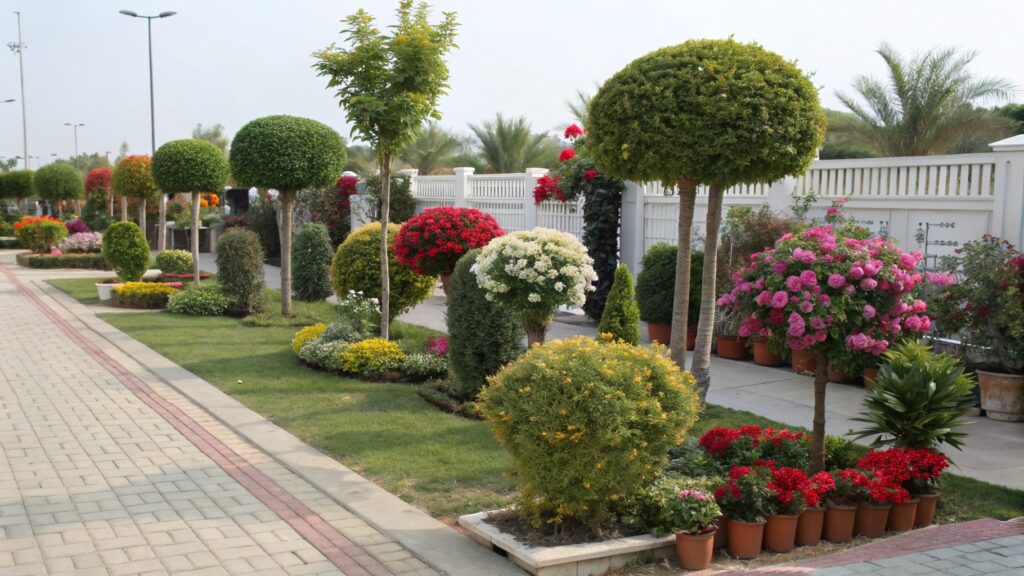
Frequently Asked Questions (FAQ)
Q1: Do all fake plants eventually fade in the sun?
Yes, any colored object will eventually fade with constant UV exposure. However, high-quality UV-resistant artificial plants are designed to make this process incredibly slow, maintaining their color for many years, while non-resistant plants can fade in a single season
Q2: How long do outdoor artificial plants last without fading?
High-quality UV-treated artificial plants typically maintain vibrant colors for 3-5 years outdoors with proper care. Untreated plants may fade noticeably within 6-12 months of direct sun exposure.
Q3: Can I use indoor artificial plants outside?
Indoor artificial plants lack UV protection and will fade rapidly outdoors, usually within 2-3 months. Always choose plants specifically designed and labeled for outdoor use.

